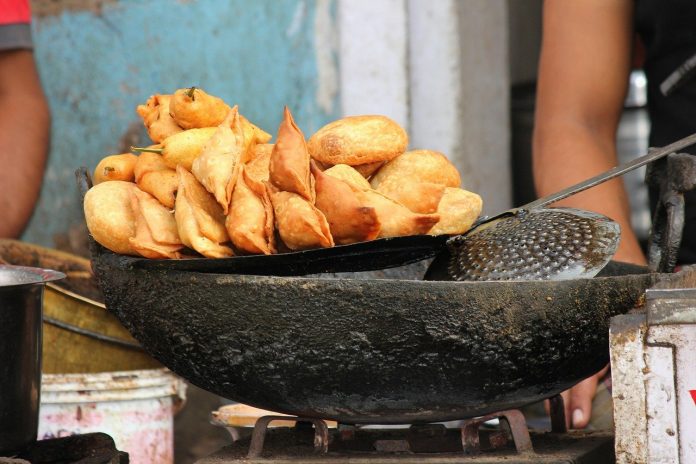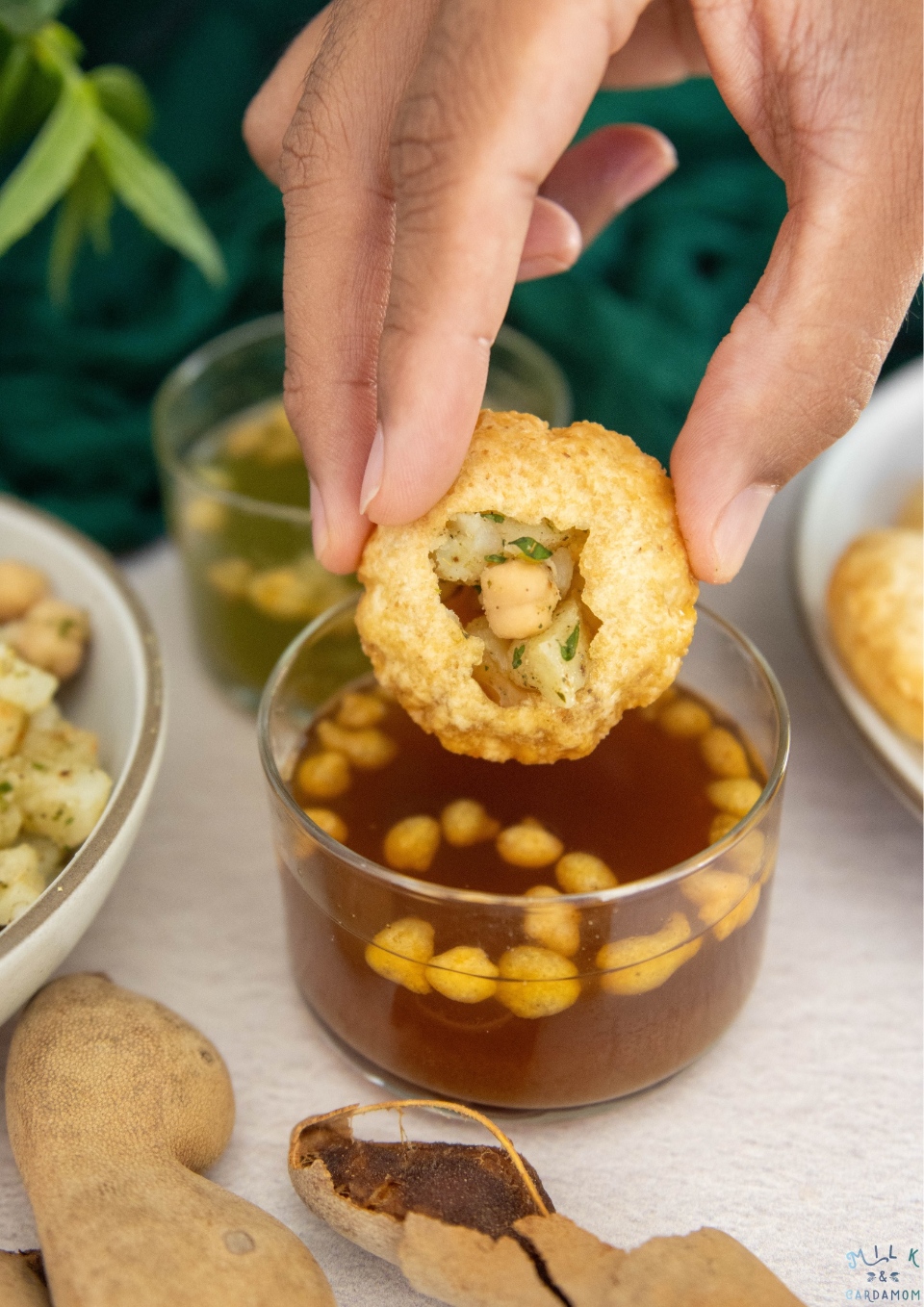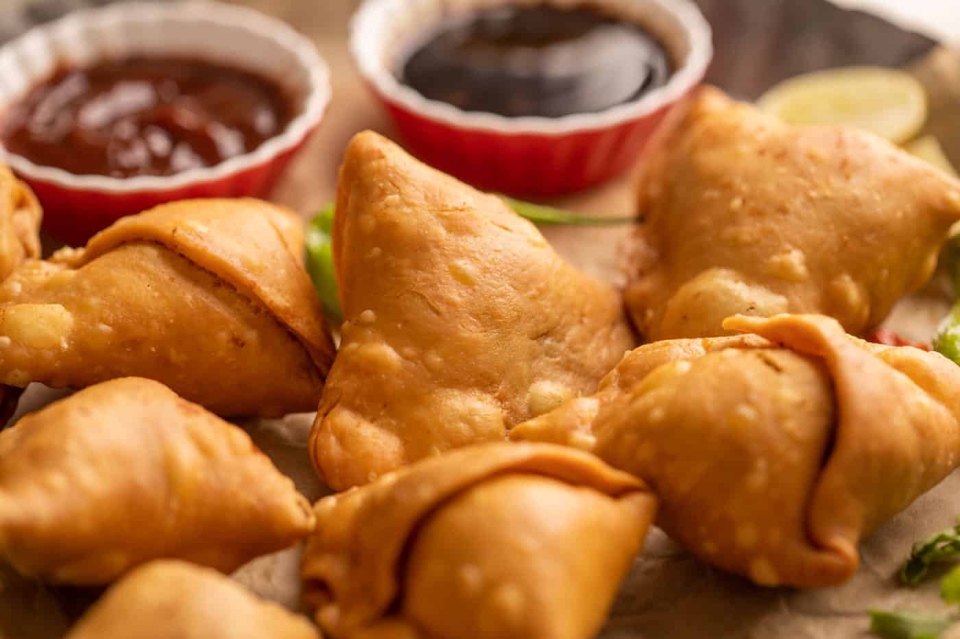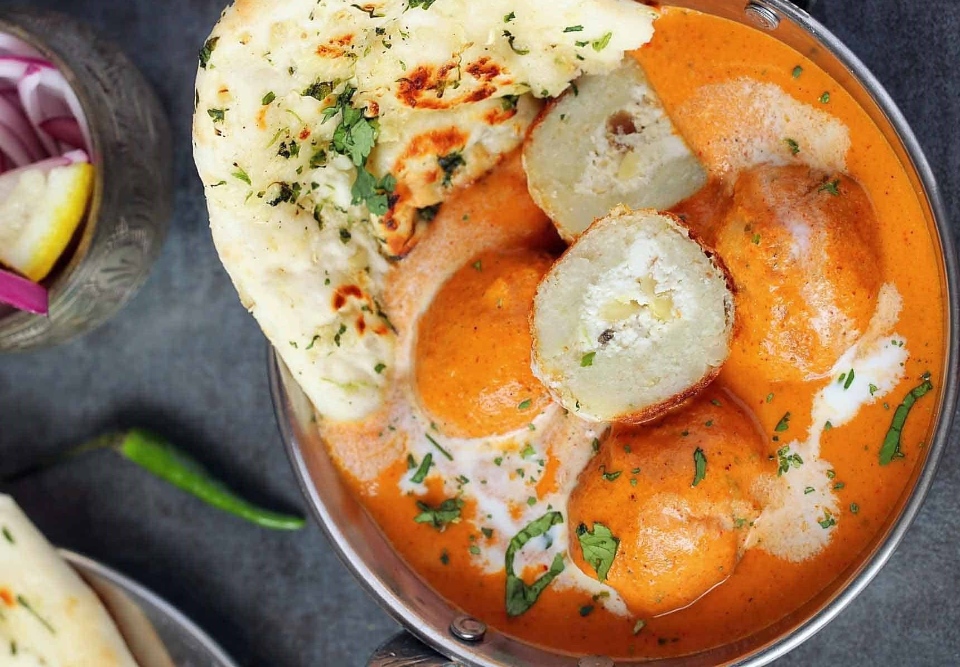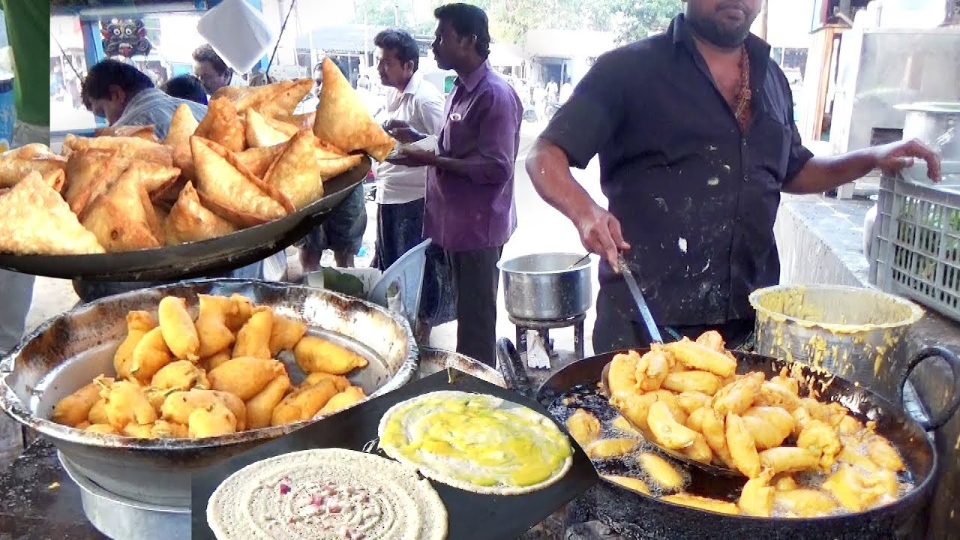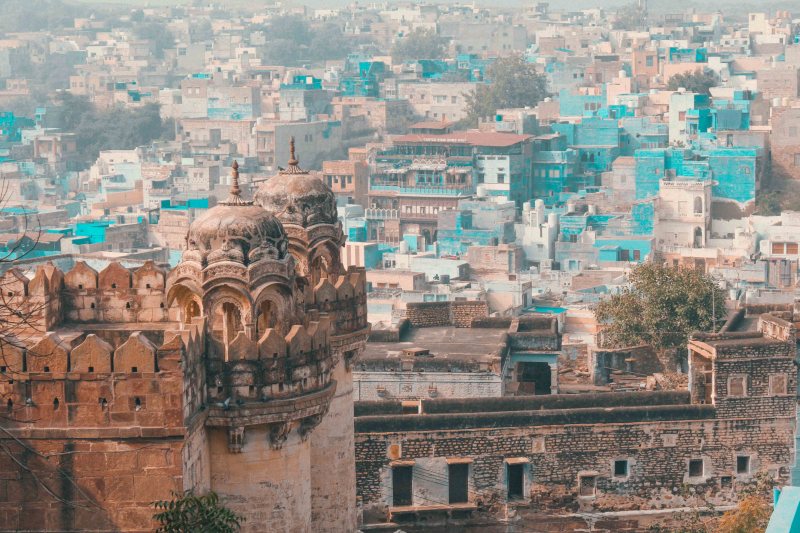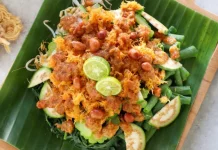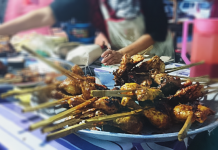Welcome to the world of Indian cuisine, where flavors dance on your palate and every bite is a delightful adventure. In this article, Living Nomads presents an irresistible list of 12+ must-try dishes that will take you on an unforgettable culinary journey through India.

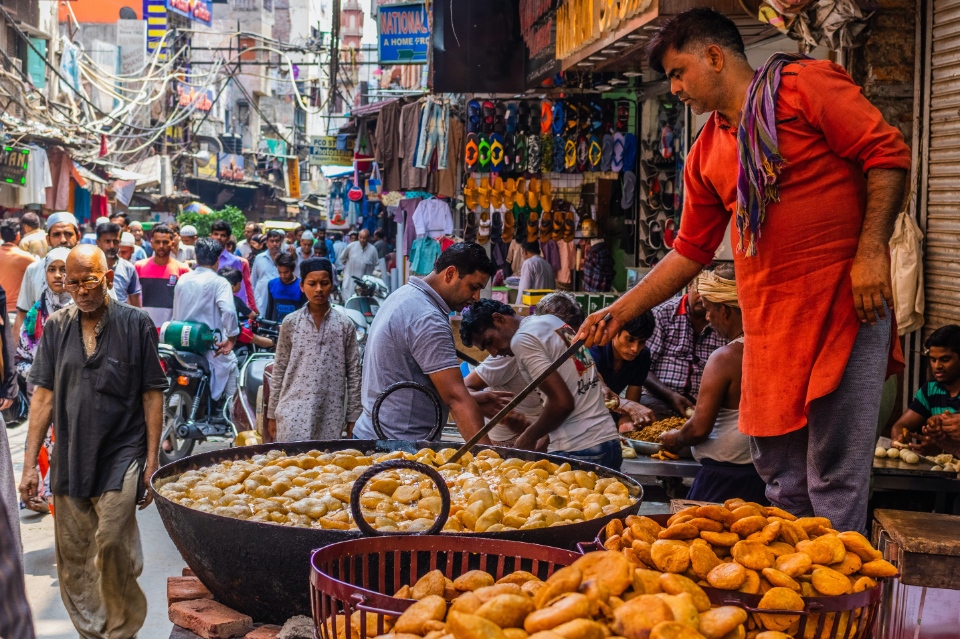

So, what food is India known for, what foods are popular in India? Let’s check out our must eat in India (must eat food in India) blog with the list of 12+ best food to eat in India, best food to try in India, must try food in India, top street food in India, best food in India, best street food in India, famous food in India and most popular food in India as follows!

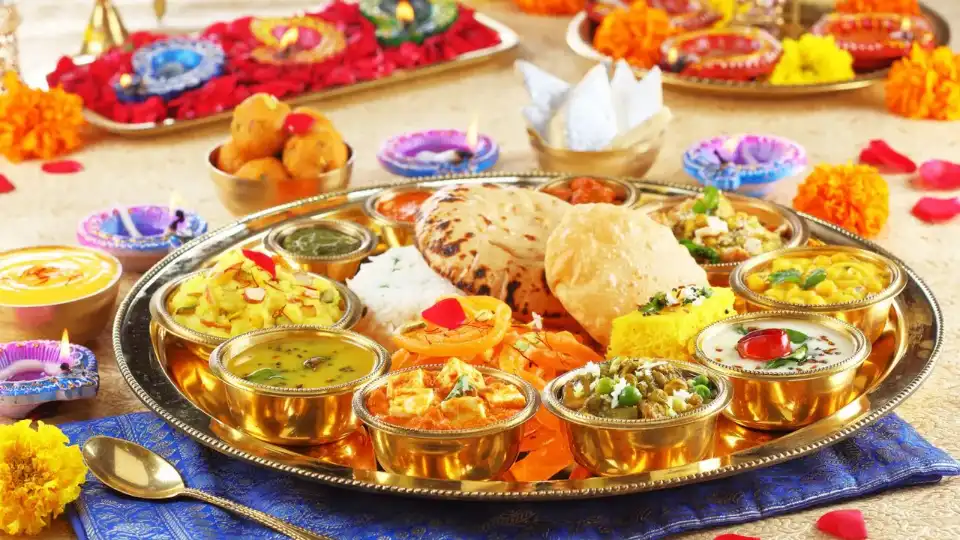
From savoring aromatic curries in North India to indulging in mouthwatering street food in bustling markets, we’ve handpicked a selection of iconic dishes that are sure to tantalize your taste buds. So, get ready to indulge in the vibrant spices, fragrant herbs, and diverse flavors that make Indian cuisine a true gastronomic delight as we explore the best of Indian cuisine and discover the dishes that should be on every food lover’s bucket list.



Indian Curry (# best street food in india)
Indian curry is a culinary masterpiece that embodies the rich and diverse flavors of the country. Bursting with aromatic spices and herbs, each curry has its unique blend of ingredients, creating a symphony of taste that will leave you craving for more.

Whether it’s the creamy and tomato-based curries of North India or the coconut milk-infused curries of South India, the regional diversity adds to the charm and depth of Indian curry. The combination of spices, herbs, and other ingredients creates a complex and harmonious flavor profile, with layers of sweetness, tanginess, heat, and earthiness.

Indian curry is incredibly versatile and can be prepared with various proteins, including chicken, lamb, fish, shrimp, and vegetarian options like lentils, chickpeas, and vegetables.

This versatility allows for a wide range of flavor combinations and options to suit different dietary preferences. Whether you choose to savor it with fluffy naan bread or fragrant basmati rice, sampling an authentic Indian curry is an absolute must for any visitor.

Thali (# must eat food in india)
Thali typically consists of a variety of dishes served on a large metal platter called a “thali.” Its ability to provide a complete and balanced meal, allowing you to sample a wide range of dishes in one sitting, is what makes Thali special. It’s not just a meal; it’s a cultural experience that reflects the warmth, generosity, and culinary traditions of India.

Thali includes multiple curries, dal (lentils), rice, bread (such as roti or naan), yogurt, pickles, chutneys, and a selection of sweets or desserts. Such combination of a range of flavors, textures, and nutritional elements ensures a well-rounded and satisfying culinary experience.

Thalis are commonly associated with festive occasions, celebrations, and special events. During festivals or weddings, elaborate Thali spreads are prepared to showcase the best of regional cuisine. These festive Thalis are often grander in scale and feature a wide array of dishes to delight the senses.

Biryani Rice (# top street food in india)
Biryani rice is a popular and flavorful dish in Indian. It is a one-pot rice dish that combines fragrant Basmati rice with a variety of aromatic spices, meat, poultry, seafood, or vegetables. Biryani is known for its rich flavors, tender meat, and fluffy rice.

Biryani rice is often prepared using the “Dum” cooking technique, which involves layering the partially cooked rice and meat or vegetable mixture in a pot and sealing it with a tight-fitting lid. The pot is then placed on low heat or in an oven, allowing the flavors to meld together and the rice to absorb the essence of the ingredients.

There are regional variations of Biryani rice across India, each with its unique style and flavor profile. From the fragrant and mildly spiced Lucknowi Biryani to the rich and flavorful Hyderabadi Biryani, each region adds its own touch to this beloved dish.


Chicken Tikka Masala (# must eat in india)
Chicken Tikka Masala is a popular and flavorful dish in Indian. It consists of grilled or roasted chicken pieces, known as chicken tikka, cooked in a creamy and spiced tomato-based sauce, known as masala.
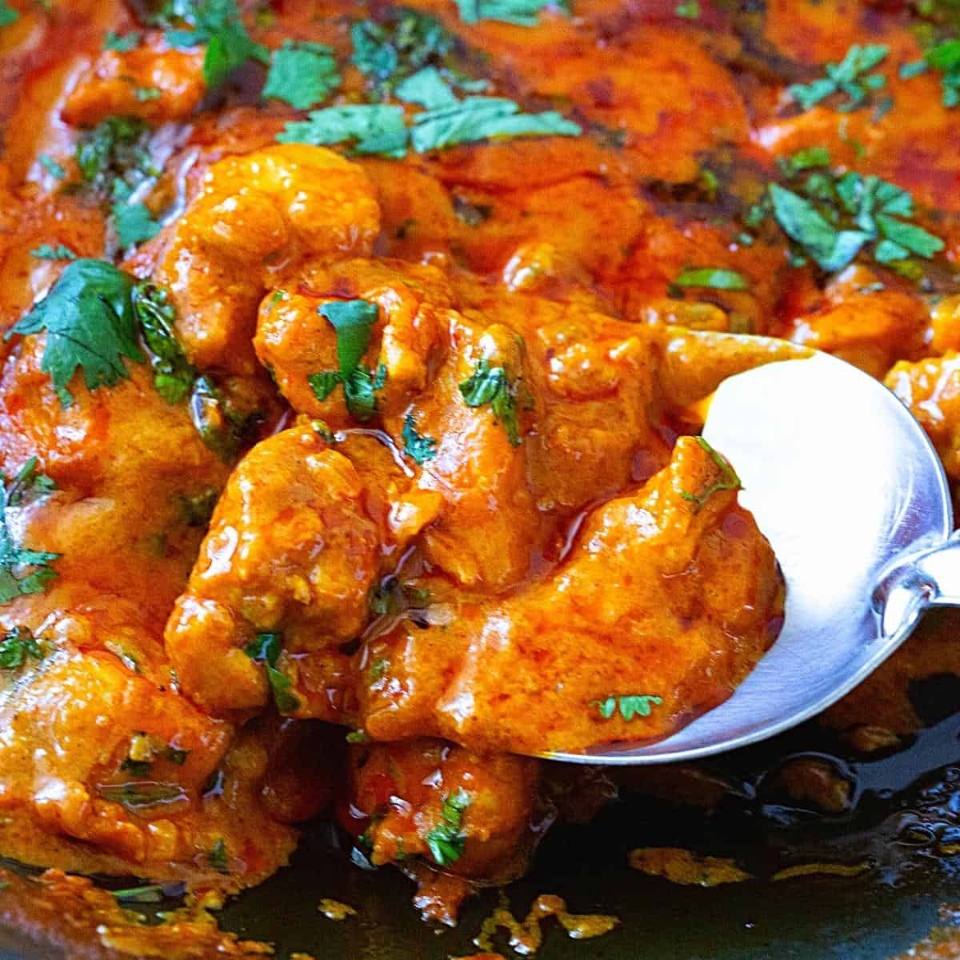
Chicken Tikka Masala is known for its vibrant orange-red color, creamy texture, and well-balanced flavors. It combines the smoky and slightly charred taste of the chicken tikka with the rich, tangy, and spiced tomato-based sauce. The dish offers a harmonious blend of spices, with layers of warmth and complexity.

The dish is a prime example of the cultural fusion that occurs in culinary arts. While its exact origins are debated, Chicken Tikka Masala is believed to have emerged as a result of the blending of Indian and British cuisines. This fusion not only reflects the historical connections between India and Britain but also demonstrates the ability of food to bring different cultures together.


Gulab Jamun
Gulab Jamun is a popular and delectable sweet dessert that originated in the Indian subcontinent.
The name “Gulab Jamun” is derived from two words: “Gulab,” which means rosewater, and “Jamun,” which refers to a small Indian fruit with a similar shape and size to the dessert. The name reflects the sweet and floral essence of the syrup used to soak the Gulab Jamun.
Gulab Jamun offers a distinct and indulgent flavor that is unlike any other dessert. The combination of the sweet, syrup-soaked small balls of milk solids with the aromatic essence of cardamom, rose water, or saffron creates a taste that is rich, sweet, and deeply satisfying. It is a dessert that delights the taste buds and leaves you craving for more.
Gulab Jamuns are often served warm or at room temperature and can be enjoyed on their own or alongside a scoop of ice cream. They are commonly served during festivals, celebrations, and special occasions, and are loved by people of all ages.

Masala Chai
Masala chai, also known simply as chai, is a popular and flavorful tea beverage of India. “Masala” refers to a blend of spices, and “chai” means tea.
It is made by brewing black tea with a mixture of aromatic spices, milk, and sweeteners. Masala chai is cherished for its aromatic and warming qualities, as well as its rich and complex taste, making it a beloved beverage for many tea enthusiasts.
The common ingredients used in preparation of Masala chai include black tea leaves, whole spices such as cardamom, cinnamon, cloves, ginger, and sometimes black peppercorns. These spices are typically crushed or ground to release their flavors and added to the tea. They not only contribute to the taste of this drink but also offer potential health benefits, such as aiding digestion and providing antioxidants.

To make masala chai, the spices are simmered with water to infuse their flavors, and then black tea leaves are added to the spiced water and boiled together. Milk is then added to the mixture, and the tea is simmered until it reaches the desired strength and flavor. Sweeteners such as sugar or honey are often added to balance the bold flavors of the spices.
Golgappa
Golgappa, also known by various regional names such as Pani Puri, Puchka, or Pani Batasha, is a beloved street food snack in India, particularly in North India and parts of Western India.
It is a bite-sized, crispy hollow sphere made of semolina or wheat flour, filled with a mixture of spicy, tangy, and savory ingredients.
The crucial element of Golgappa is the flavored water, known as pani. The pani is a spicy and tangy liquid made by combining various ingredients like mint leaves, coriander leaves, green chili, tamarind pulp, chaat masala, black salt, and other spices. The pani is often mixed with water to achieve the desired consistency and is poured into the puri just before eating.
To enjoy Golgappa, you take a filled puri, dips it into the pani, and then quickly consumes it in a single bite. The combination of the crispy puri, the flavorful filling, and the tangy pani creates an explosion of flavors in the mouth. The experience is often described as a mix of sweet, sour, spicy, and refreshing sensations.
Samosa
Samosa is a popular savory snack of Indian and is now enjoyed in various parts of the world. It is a triangular or cone-shaped pastry filled with a savory mixture of ingredients.
The outer layer of a samosa is made from thin dough, usually a mixture of all-purpose flour, water, and oil. Its filling is where the flavors come together, which often consists of a mixture of cooked, spiced potatoes, peas, and sometimes other vegetables or meat.
Once the samosas are filled and sealed, they are deep-fried until they turn golden brown and become crispy on the outside.
Samosas are commonly served as a snack or appetizer, and they are often accompanied by chutneys or sauces for dipping. They can be found in street food stalls, restaurants, and homes across India. People of all ages enjoy it, so why don’t you give it a try?
Malai Kofta
Malai Kofta is a popular and creamy vegetarian dish in Indian cuisine, originating from the northern regions of the country.
It consists of soft and delicate dumplings made from a mixture of paneer (Indian cottage cheese) and potatoes, which are then simmered in a rich, creamy tomato-based curry.
The name “Malai Kofta” comes from the use of “malai,” which refers to the rich, creamy texture of the dish. The combination of the soft flavorful kofta dumplings and the velvety spiced curry results in a harmonious and delightful dish.
Malai Kofta is often served as a main course, paired with naan, roti, or steamed rice. It is a popular dish in Indian restaurants and households, particularly during celebrations and special occasions. The dish is known for its indulgent and comforting flavors, making it a favorite among vegetarian and non-vegetarian diners alike.
Idli
Idli is a savory, steamed cake that is a popular breakfast and snack item in South Indian cuisine. It is a light, fluffy, and soft dish made from a batter of fermented rice and black lentils (urad dal).
Idlis have a slightly tangy flavor due to the fermentation process. They are usually served warm, often with chutneys (such as coconut chutney or tomato chutney) and sambar (a lentil-based vegetable stew).
There are many regional variations of idli, including rava idli (made with semolina), paniyaram (baked in a special pan), and different shapes like square or round. The batter can also be flavored with ingredients like curry leaves, mustard seeds, or asafoetida.

Idli is considered a healthy and nutritious breakfast or snack option, as it is low in fat and easy to digest. It is a staple in the cuisines of South Indian states like Tamil Nadu, Andhra Pradesh, Karnataka, and Kerala.
Modak
Modak is a sweet dumpling that is a traditional delicacy in the Indian state of Maharashtra.
Modaks have a crescent or teardrop shape, resembling the profile of the Hindu deity Ganesha, to whom they are often offered. They have a delicate, sweet flavor from the coconut and jaggery filling, complemented by the slightly salty or savory dough.
The outer covering or shell of the modak is made from a dough of rice flour or all-purpose flour. The filling is typically made from freshly grated coconut, jaggery (unrefined cane sugar), and flavored with cardamom, nutmeg, or other spices.
Modak is particularly associated with the Ganesh Chaturthi festival, as they are considered the favorite sweet of Lord Ganesha. Preparing and offering modaks to the deity is an important ritual during this Hindu festival.
Mysore Pak
Mysore Pak is a rich, indulgent, and distinctively flavored sweet that has become an iconic delicacy of South Indian cuisine. It is a rich, fudge-like confection made primarily with gram flour, sugar, and ghee (clarified butter).
Mysore Pak has a soft, melt-in-your-mouth texture, with a rich, buttery flavor. The gram flour provides a smooth, velvety mouthfeel, while the ghee and sugar create a decadent, fudge-like consistency. The sweetness is balanced by the slight nutty taste of the roasted gram flour.

Mysore Pak is a beloved traditional sweet in the state of Karnataka and is often associated with the city of Mysore. It is a popular offering during festivals and celebrations, and is also enjoyed as a regular sweet treat. Mysore Pak is considered a specialty of the region and is often sought after by visitors to the city.
Living Nomads has unveiled just a glimpse of the extraordinary flavors, textures, and traditions that make Indian food one of the most captivating and celebrated cuisines in the world. As you continue your epicurean adventure in India, let these mouthwatering specialties serve as your guide, beckoning you to explore the vibrant tapestry of tastes that await. Whether you’re exploring the bustling streets of Delhi or wandering through the markets of Goa, be sure to indulge in these must-try delicacies that will elevate your travels to new heights of flavor and delight.
The post is complied by Living Nomads from many different sources. If you find any images or text that belong to you, please contact us, so we can credit you or give us permission to use them. Thank you very much!
Some best day tours, trips, activities and transfer services, tickets in, from and to New Delhi you can refer to
- Taj Mahal and Agra Fort Day Tour from Delhi
- Taj Mahal and Agra Private Day Tour by Express Train from Delhi
- 3D2N Golden Triangle Tour from Delhi
- Private Sunrise Tour Of Taj Mahal and Agra Fort from Delhi
- New & Old Delhi Day Tour
- [Klook Exclusive] Taj Mahal Private Day Tour from Delhi with One Way Airport Transfer
- Delhi Private Car Charter
- Private Tour Of Taj Mahal + Agra Fort From Agra
- 4D3N Delhi, Agra, Jaipur Private Tour with Ranthambhore Tiger Safari from Delhi
- Delhi Best of Monuments Half Day Tour
- Jaipur Day Tour from Delhi By Express Train
- Agra, Mathura, and Vrindavan Day Tour from Delhi via Luxury Bus
- 2D1N Golden Triangle Tour from Delhi
- Jaipur Private Day Tour from Delhi
- 2D Delhi and Agra Combo Private Tour
- Private City Transfers between Delhi and Himachal Pradesh/Punjab
- Old Delhi Bazaar Walking Tour
- Masterji Kee Haveli Half Day Tour
- Old Delhi (Shahjahanabad) Morning Cycling Tour
Read more India guide here.
































